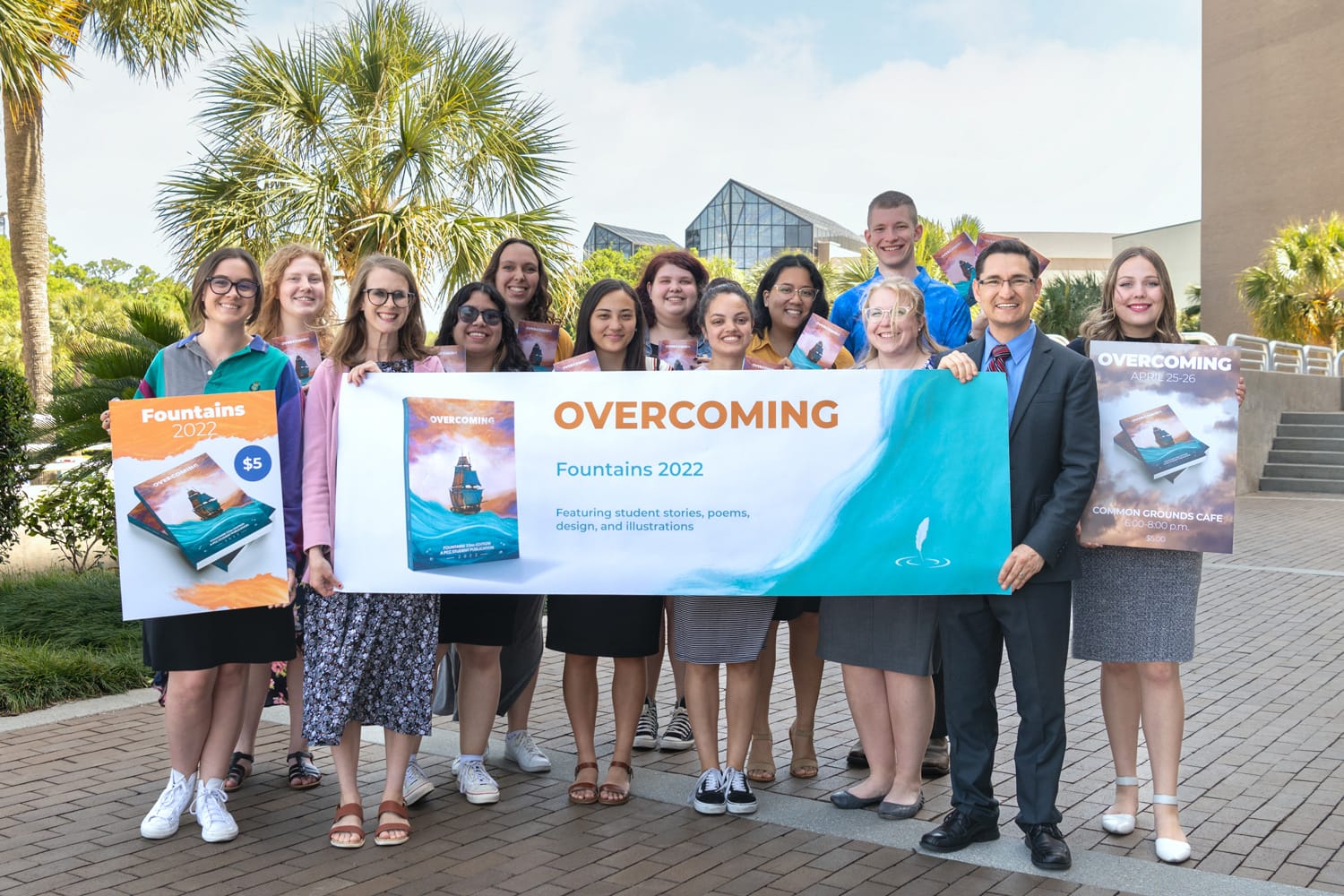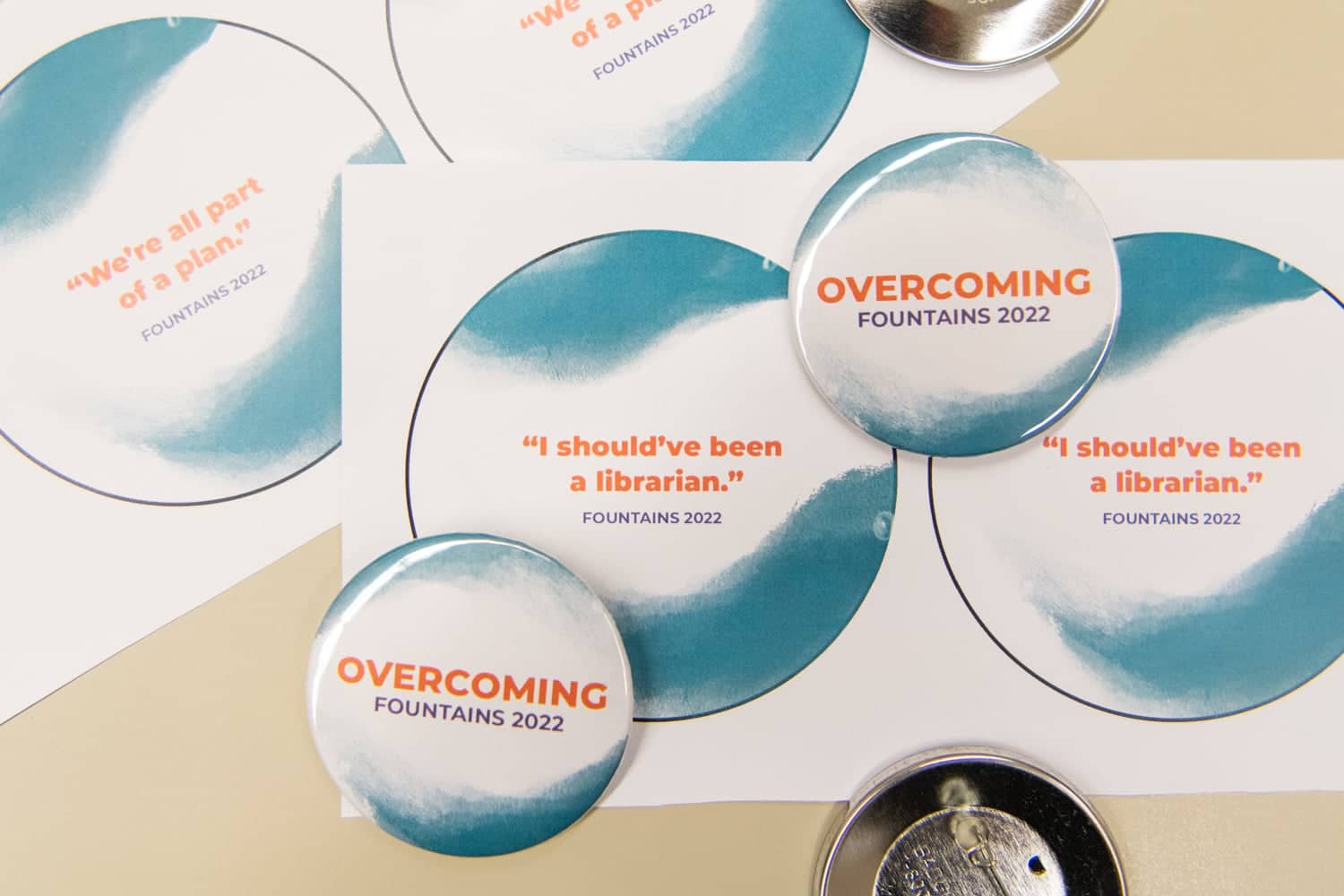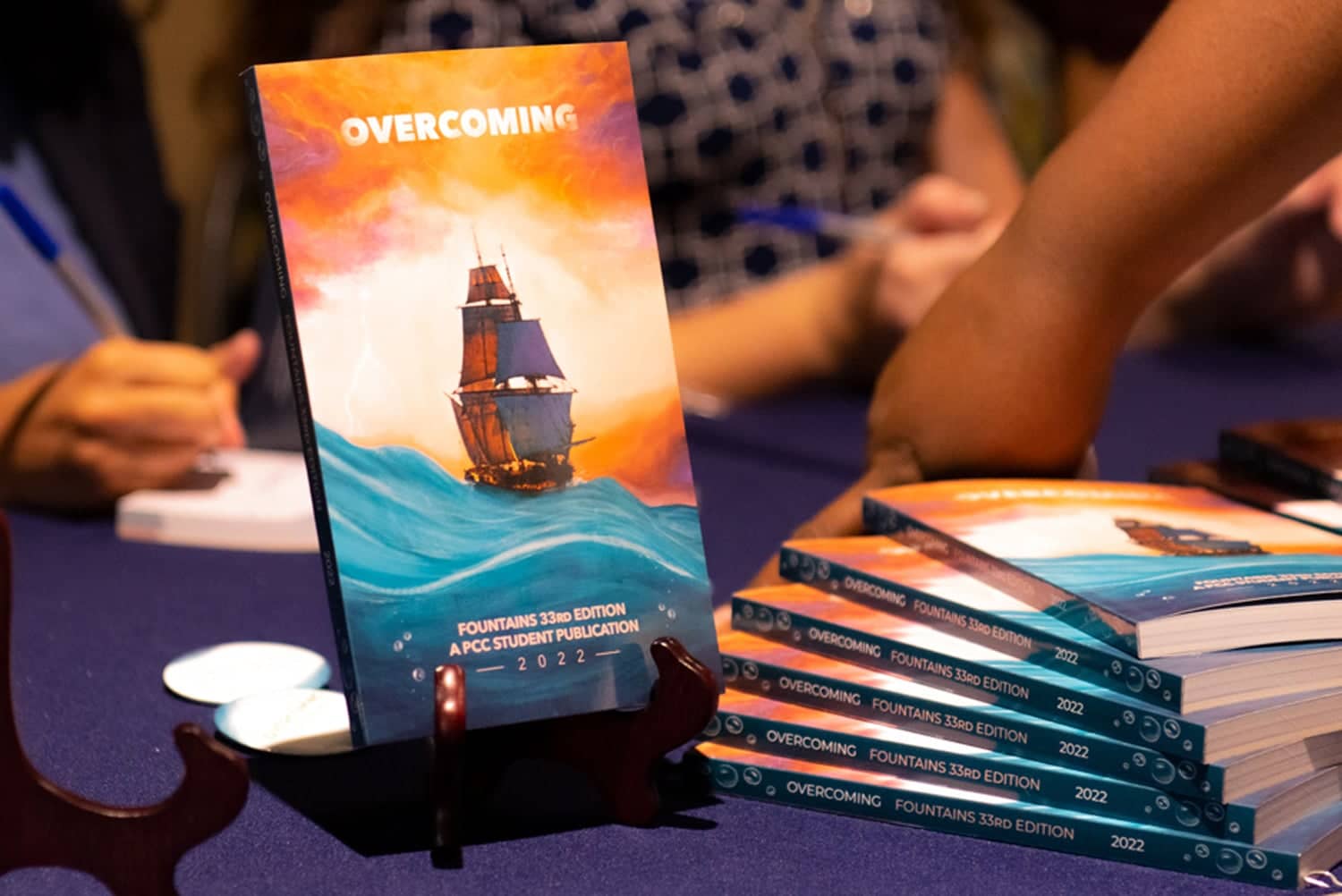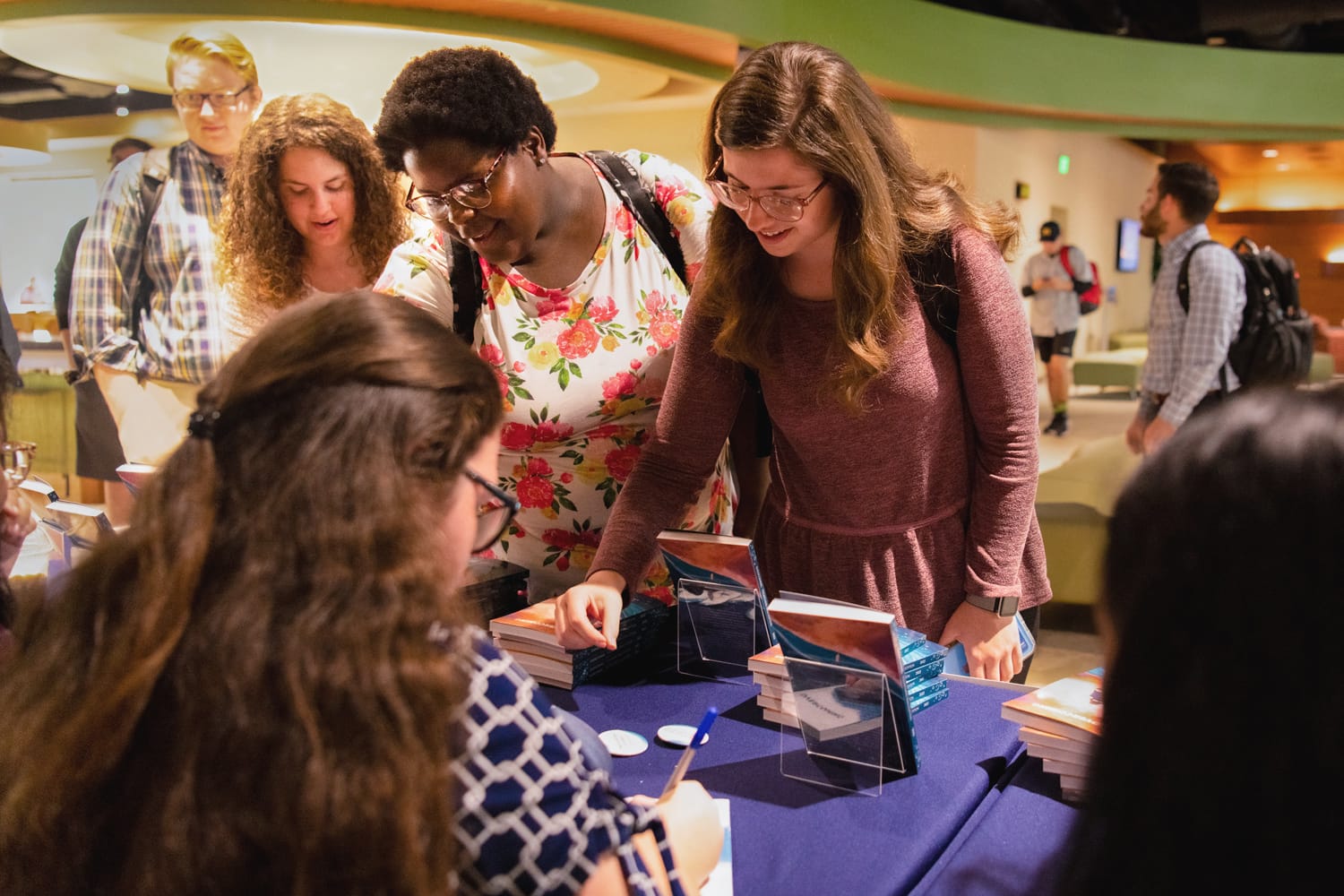Every spring, the smell of freshly printed ink mingled with brewing coffee means one thing for many Pensacola Christian College students: the Fountains book launch. For two evenings, the upper Commons is especially abuzz with activity. Beside the on-campus coffee shop, students congregate around tables stacked with crisp copies of the College’s student publication. Readers mingle with authors, editors, and designers to admire the printed book, collect autographs, and celebrate a united accomplishment.
The theme for the 33rd Fountains edition, Overcoming, communicates that Christians can overcome life’s storms and look toward the sunbreak ahead. To encourage the student body and their families through the written word, Fountains showcases original fiction, nonfiction, and poetry pieces by students studying any degree—and even some by staff. At the same time, students gain real-life experience in the publishing world by creating and distributing this literary journal. Those enrolled in Advanced Copy Editing and Publication Practicum courses learn to work as a team, meet deadlines, and remain flexible when challenges arise.

The editorial staff began processing approximately 70 submissions and painstakingly narrowed them down to about 20 of the best works. “As acquisition editors, we read through the submitted pieces to determine which ones were the best writing quality and the most suited for our needs,” explained Austin Hadley (Sr., NY).

“Professional writing students learn the tools and techniques of developing various forms of writing. In Advanced Copy Editing, each editor helps several authors refine their stories,” said writing instructor Mark Wainwright. “Through the Fountains editorial process, student editors learn four characteristics of good writing: relevant content, clear focus, precise language, and correct grammar.”

Co-senior editor Naomi Pratt (Sr., ME) enjoyed refining the chosen pieces. “Watching the stories change from their original submissions into their final polished state has been a rewarding experience,” she said. “I’ve been able to use the concepts I was taught in my writing classes to help other writers polish their stories and poems. My biggest takeaway is that everyone in this process is human. We all have different interests and perspectives but are working toward the same goal—publishing a work of good quality.”
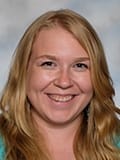
“There’s a balancing act when working on an author’s piece,” said co-senior editor Siera Weber (Sr., MT). “We want to improve the piece and make it the best it can be, but we also need to preserve the author’s voice and be sensitive to the author’s preferences. Although difficult at times, the results are well worth it.”
As they work through the pieces, the editors draw out recurring themes and agree on a main focus. This overarching theme inspires the graphic designers as they illustrate the cover and design the layout for each piece.

The Publication Practicum prepares graphic design students to transform the book’s theme and each writer’s concept into a visual piece and work with the editors, illustrators, and printers involved in the book-making process. “I love seeing what the students have written and their creativity,” said graphic designer Zach Stavros (Jr., FL). “Like the ship on the cover, we are often tossed by storms in this life. However, we have the hope that [God] is with us and will use the problems to grow us. We have assurance that no matter how hard life gets, we serve the God who brings light out of darkness.”
“My job with this project was to lay out the text, create a section divider image, place pull quotes and images, and add textures to the borders of the illustrations,” Zach explained. After planning the book, Zach and his classmates created a campaign and designed digital ads, a table banner, posters, and buttons.
Editing and designing Fountains provides students with real experience in the publishing world. “The [Fountains] class is practical and feels very real-world,” said Austin Hadley. “Mr. Wainwright has many years in the editing industry and has made this class realistic.” With dreams to author books one day, Austin now knows what the editorial process is like and says he can be more compassionate to the editor working on his piece.

“After graduation, I plan to be a copy editor,” said editor Miya Nakamura (Sr., NC). “This class has helped me gain practical experience as well as confidence in editing. I am able to implement all the skills that I have learned in my previous professional writing classes.”
Fountains is important to writer Siera Weber. “It shows that there are many beautiful ways to tell a story, and each writer’s unique perspective has a chance to shine,” she said. “Fountains gives students a chance to preserve their work and share it with friends and loved ones. I’ll never forget how excited my dad was when he saw one of my stories in a previous edition of Fountains—he bought several copies. There’s something in there for everyone. Anyone can contribute to it, and anyone can enjoy it.”

